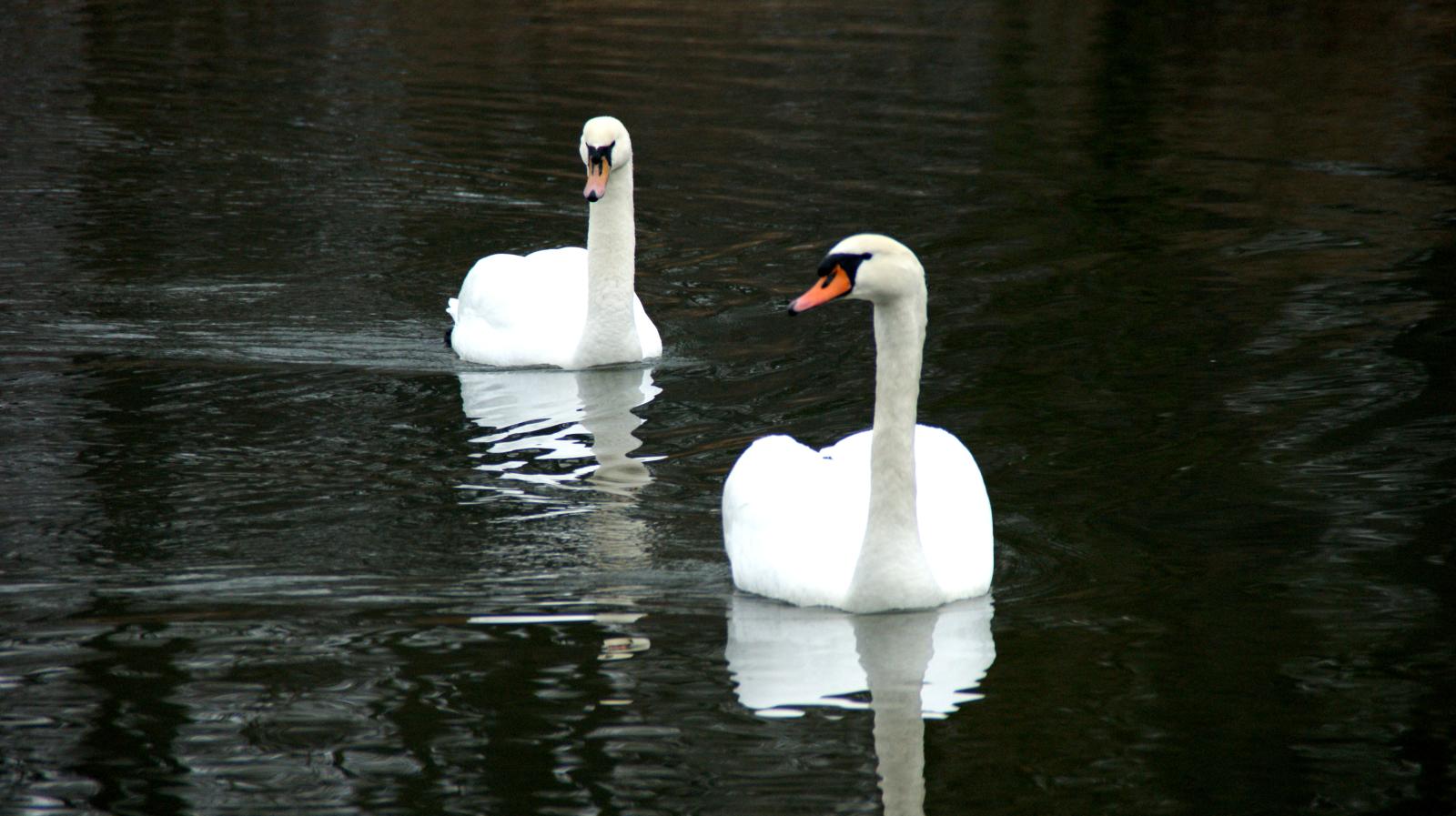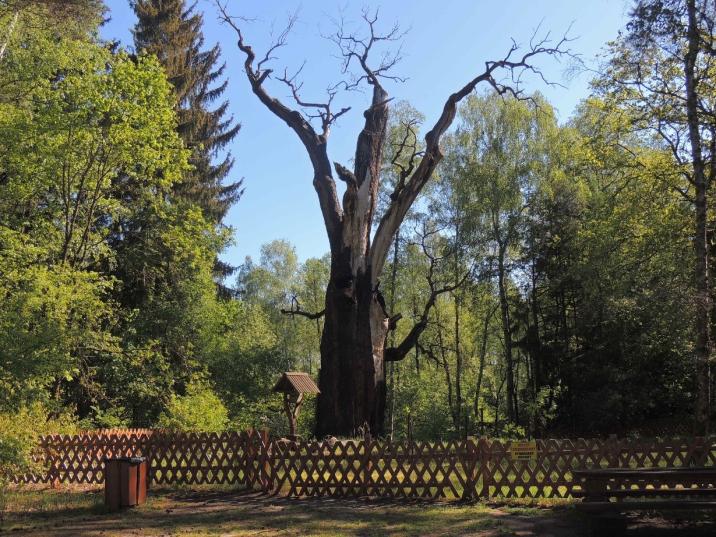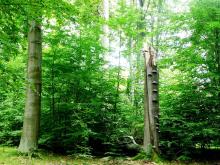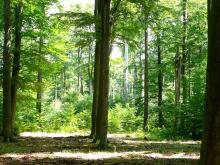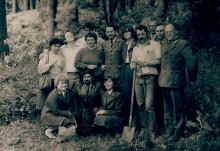 Asset Publisher
Asset Publisher
Natura 2000 Areas
 Borsuk należy do najczęściej spotykanych zwierząt w obszarze Buczyny Szprotawsko - Piotrowickiej. Fot. Byrdyak/Fotolia
Borsuk należy do najczęściej spotykanych zwierząt w obszarze Buczyny Szprotawsko - Piotrowickiej. Fot. Byrdyak/Fotolia
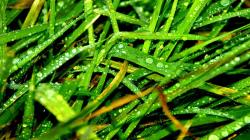 Łąki w Borowinie. Fot. Sebastian Zapolski
Łąki w Borowinie. Fot. Sebastian Zapolski
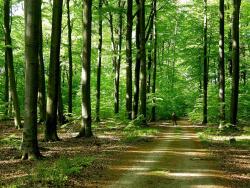 Buczyna Szprotawsko – Piotrowicka. Fot. Jerzy Wilanowski
Buczyna Szprotawsko – Piotrowicka. Fot. Jerzy Wilanowski
The purpose of European network of "Natura 2000" protected areas is to prevent the dying out of endangered plant and animal species as well as to protect biological diversity in Europe. All Community member states must implement the network.
Szprotawa Forest District includes six habitat areas being part of "NATURA 2000" network, including two bird habitat areas and four special areas of habitats protection.
"NATURA 2000" areas are:
- Dolina Dolnej Kwisy (Lower Kwisa Valley) – the valley is included in the Habitats Directive and covers the area of over 5972 ha, including 115 ha within Szprotawa Forest District. The area covers Kwisa Valley from Zebrzydowa to the river mouth (Kwisa falls into Bóbr). It is a habitat for such rare species as Ophiogomphus Cecilia, Large White-faced Darter, Large Copper, Lucanus Cervus and Great Capricorn Beetle.
- Buczyna Szprotawsko–Piotrowicka (Szprotawsko-Piotrowicka Beech Wood) – it is included on the list of areas of habitats protection. It covers the area of over 1423 ha and constitutes a borderland position of fertile Sudeten beech wood. The area includes 6 types of habitat being natural environment for many valuable plant and animal species. Biogeographical continental region includes the area of "Buczyna Szprotawska" Nature Reserve and part of Przemkowski Landscape Park. The most common rare plant found in this area is Common Sundew and animals – Badger and Otter.
- Borowina (Peloid) – it covers the area of more than 512 ha and is located in Żagań district, in Szprotawa commune. The area includes a complex of well-preserved temperate deciduous forests and meadows located between Szprotawa and Kożuchów. The area is a habitat for rare invertebrate, including such species as: Scarce Fritillary, Large Copper and Hermit Beetle. The area includes the following tree stands: Oak tree stands with Birch, riparian forests, willow thickets and oak, elm and ash riparian forests.
- Małomickie Łęgi (Małomickie Riparian Forests) – it covers the area of 993 ha, including 565.54 ha within Szprotawa Forest District. The forests cover the valley of middle course of Bóbr from the town of Szprotawa to the south-eastern border of the town of Żagań. Forests cover 73% of the entire area and include mainly broadleaf and mixed forest stands. The area is of key importance for continuity of the river valley wildlife corridor along with numerous biocoenoses of Middle European temperate deciduous forest.
- Stawy Przemkowskie (Przemkowskie Ponds) – it covers the area of over 4605 ha, including only 18.67 ha within Szprotawa Forest District. The area is a bird sanctuary. It includes two pond complexes with fragments of ash and alder riparian forests growing in their vicinity and wet meadows with willow thickets.
- Bory Dolnośląskie (Lower Silesian Wilderness) – it is an area of special bird protection covering in total 26 223 ha and located between Żarskie Hills and Dalkowskie Hills in the north and Izerskie Foothills in the south.
Lower Silesian Wilderness is one of the largest compact forest complexes in Poland.
The Wilderness is located in Odra river basin but Bóbr is the major river in this area. The area is dominated by poor, sandy coniferous habitats. Pine is the most common tree species but there are also Oaks, Birches, Beeches, Firs and Spruces growing in the area. Some more fertile areas make habitats for mixed coniferous forests and fragments of broadleaf forests – Beech woods and temperate deciduous forests. The Wilderness is the most important habitat for White-tailed Eagle, Black Grouse and Western Capercaillie in the south-west of Poland. The area is also confirmed as habitat of the largest population of Boreal Owl and Eurasian Pygmy Owl among all bird sanctuaries in Poland.
 Asset Publisher
Asset Publisher
„Chrobry” - Wiosna 2020
„Chrobry” - Wiosna 2020
Dąb Chrobry – jeden z najstarszych dębów w Polsce pierwszy raz od ponad 750 lat nie wypuścił liści.
Dąb Chrobry rośnie na terenie Nadleśnictwa Szprotawa w okolicy miejscowości Piotrowice. Szacuje się, że zaczął kiełkować ok. 1250 roku. Dęby słyną z tego, że potrafią przetrwać wiele. Jednak Chrobry doświadczył jeszcze więcej, oprócz tego, że przetrwał wiele wojen, uległ pożarowi. Karygodne zdarzenie, które zgotował drzewu człowiek, miało miejsce prawie 6 lat temu. Nie wiadomo, kto podłożył ogień i po co to zrobił, bo nie można znaleźć żadnej motywacji do tego czynu.
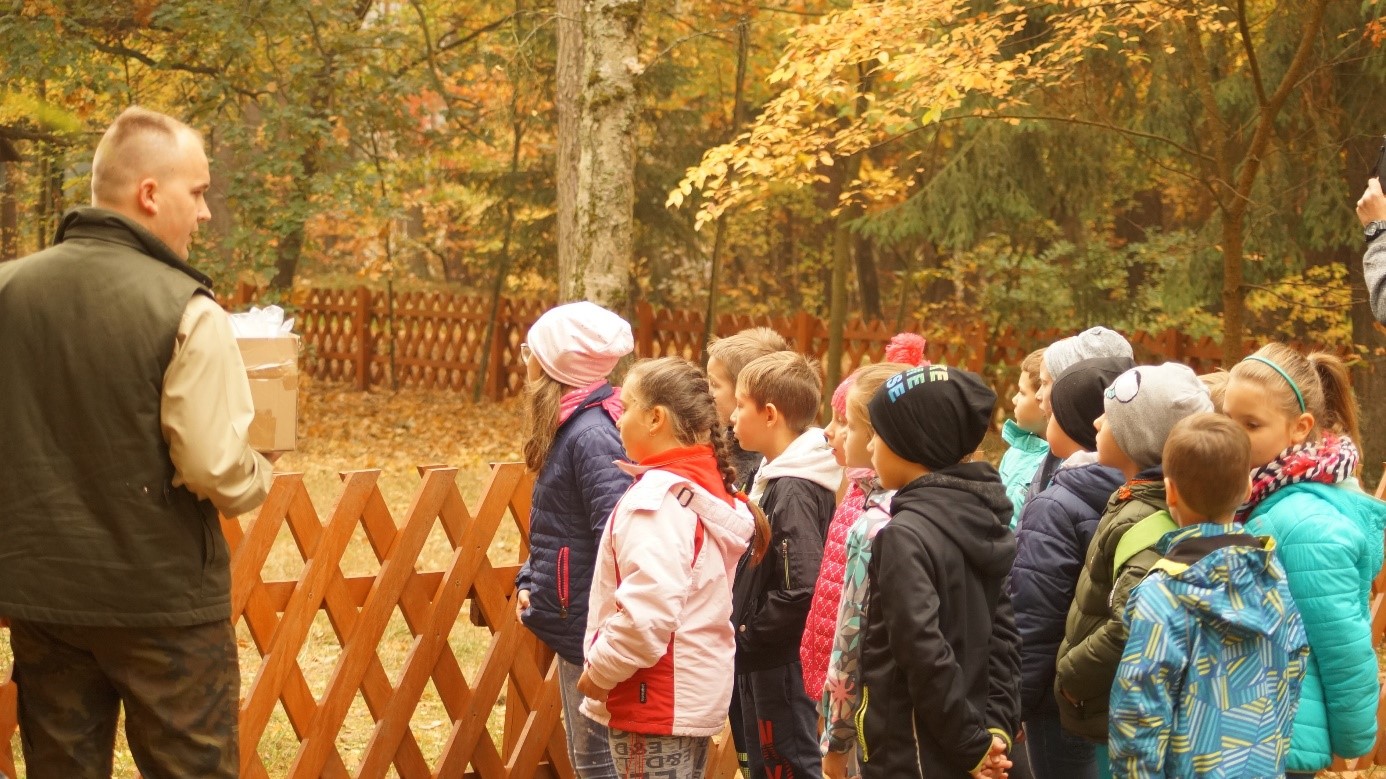
Najmłodsi bardzo często spotykają się w Piotrowicach, aby podziwiać Chrobrego (fot. Krystyna Gałczyńska)
Od tego czasu leśnicy, dzieci z przedszkoli i szkół oraz wielu dorosłych turystów kibicowało drzewu, żeby przetrwało i pokonało straty, których doznało w wyniku pożaru.
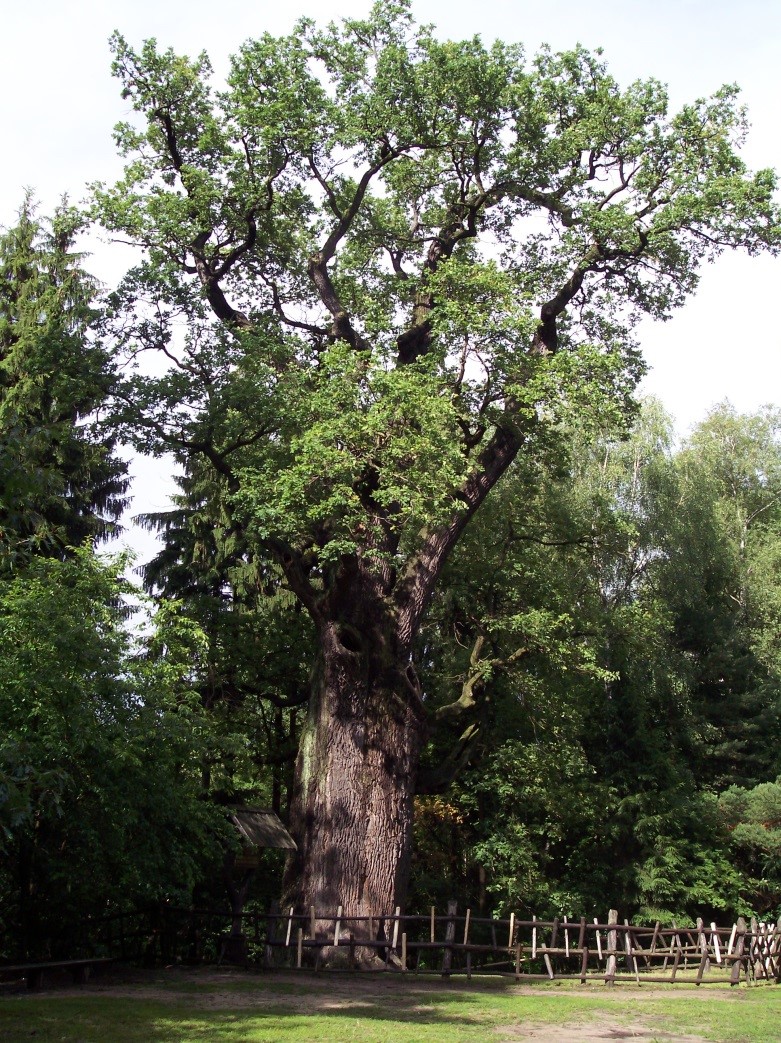
Chrobry przed pożarem w pełnej okazałości (fot. Jerzy Wilanowski, archiwum Nadleśnictwa Szprotawa)
Ogień, podłożony w spróchniałym pustym wnętrzu części odziomkowej przeniósł się bardzo szybko na całe drzewo. Chrobry płonął jak pochodnia. Pomimo szybkiej i profesjonalnej akcji gaśniczej (link), opalona została zarówno zewnętrzna strona pnia, jak i jego środkowa część.
Pożar Chrobrego - 18 listopada 2014 r. (archiwum Lasów Państwowych)
Dąb bardzo ucierpiał. Początkowo wypuszczał liście na ¼ konarów. Pozostała część została zniszczona podczas pożaru.
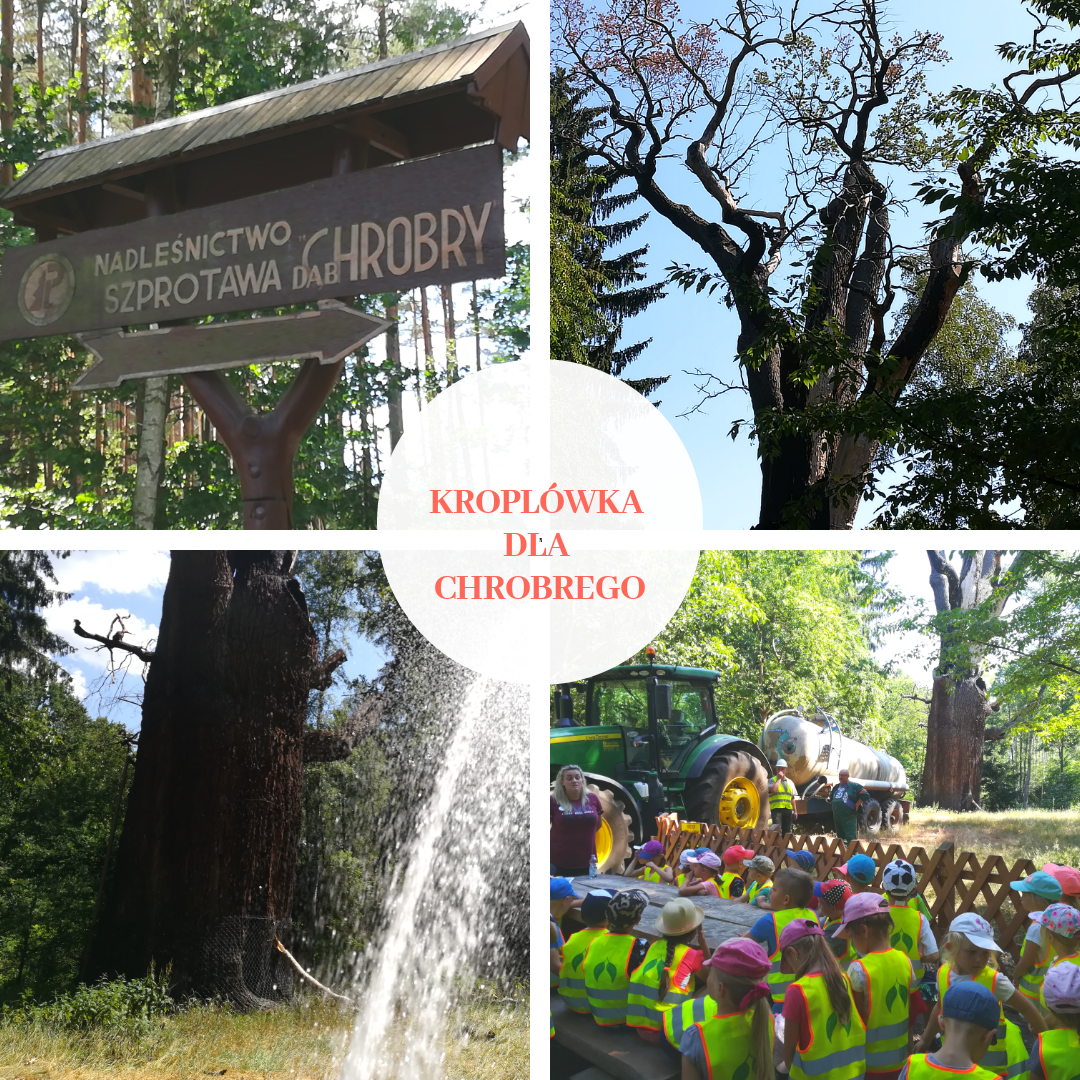
Kroplówka dla Chrobrego - czerwiec 2018 r. (fot. Ewelina Fabiańczyk, RDLP w Zielonej Górze)
Nadleśnictwo Szprotawa podejmowało szereg działań, zwłaszcza w okresie suszy, w celu wzmocnienia kondycji Chrobrego. Dzięki staraniom leśników, m. in. poprzez pobranie zrzezów (ściętych pędów) i rozmnożenie wegetatywne, możliwe było wyhodowanie potomków Chrobrego. W 2019 r. szprotawscy leśnicy, w cieniu znanego w całej Polsce pomnika przyrody, posadzili sześć potomków Dębu Chrobrego. Mamy pewność, że nasze koleje pokolenia będą utrwalać pamięć o tym wspaniałym drzewie.
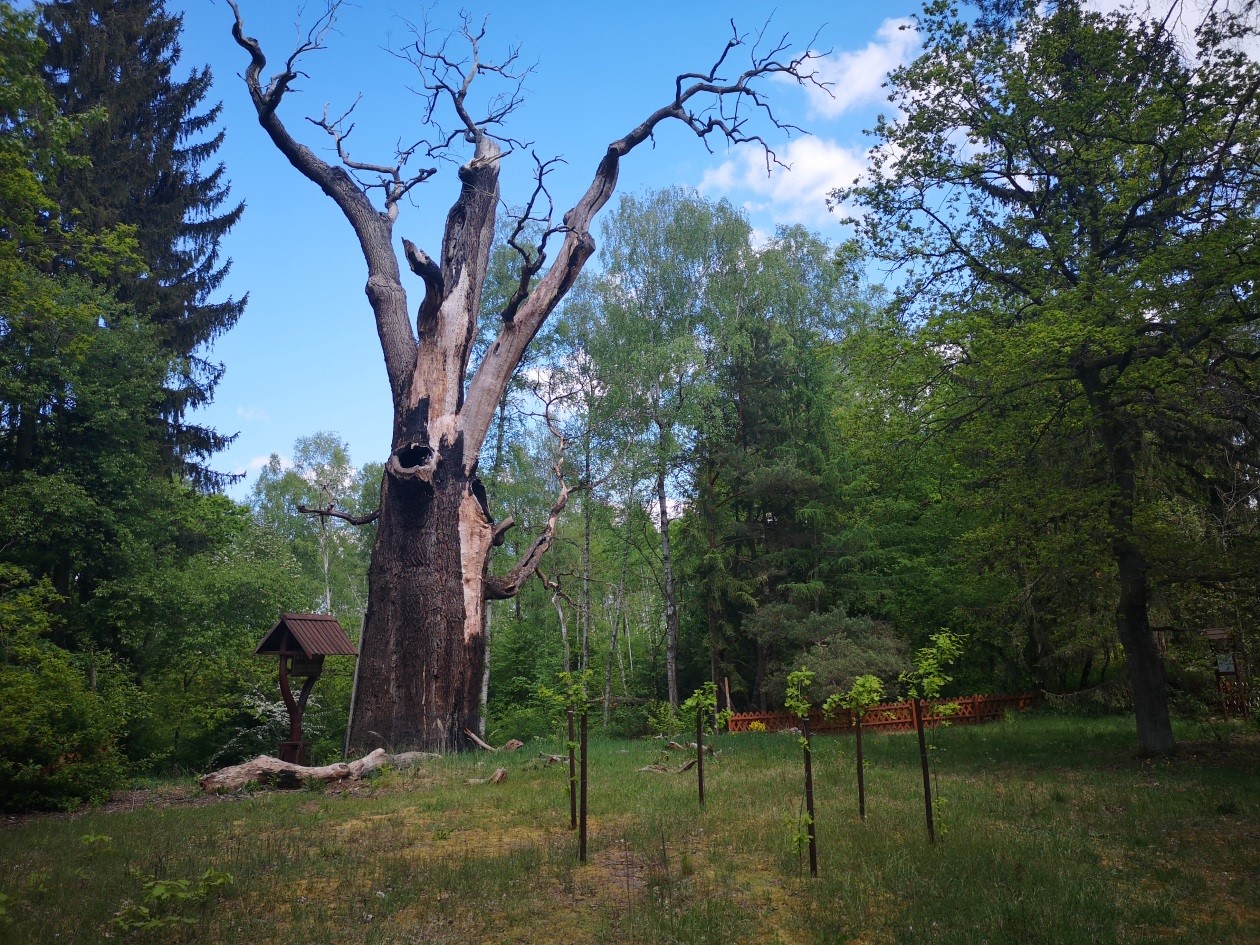
Potomkowie Chrobrego (fot. Michalina Biernat, Nadleśnictwo Szprotawa)
POLECAMY
Pomniki przyrody (link)
„Legenda Chrobrego (link)
Pożar najstarszego dębu w Polsce (link)
Spłonął Dąb Chrobry (link)
„Chrobry” powstaje z popiołów – pojawiły się pąki (link)
Chrobry nie poddaje się (link)
Chrobry źle znosi upały (link)
Dąb cały czas walczy o przetrwanie po pożarze (link)
Kroplówka dla Chrobrego – 2018 r. (link)
Dąb Chrobry – Wiosna 2019 r. (link)



